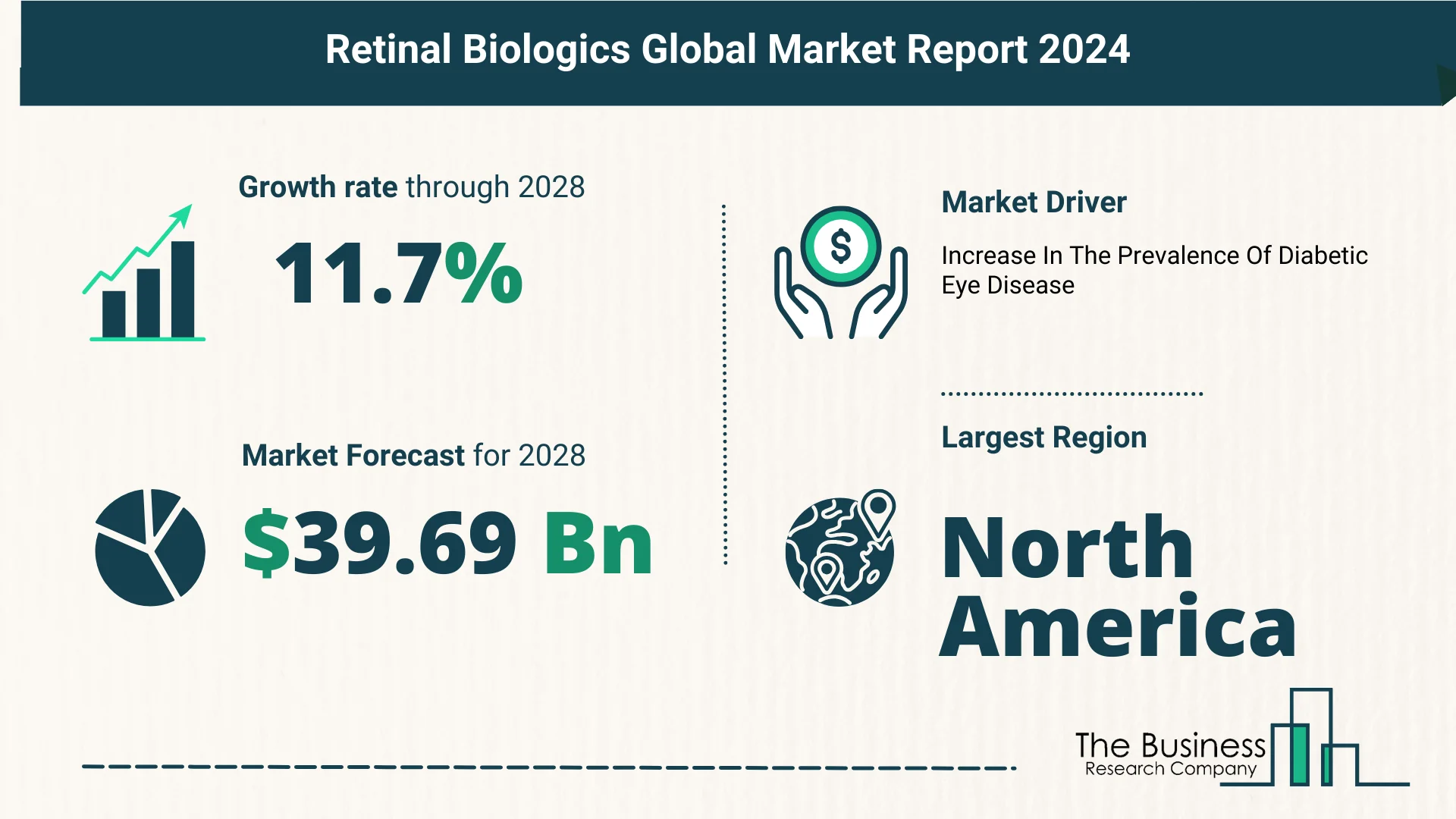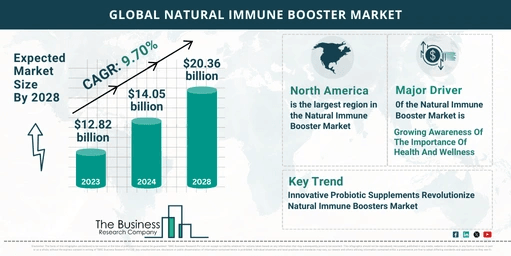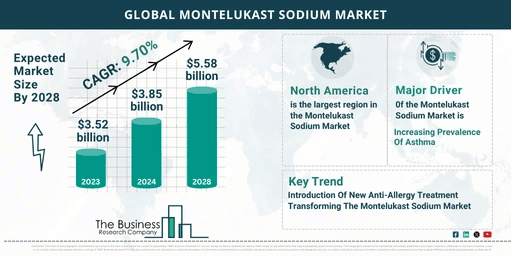Key Insights On The Retinal Biologics Market 2024 – Size, Driver, And Major Players
The Business Research Company’s global market reports are now updated with the latest market sizing information for the year 2024 and forecasted to 2033
As per The Business Research Company’s Retinal Biologics Global Market Report 2024, the retinal biologics market is expected to show significant growth in the forecast period.
The retinal biologics market has witnessed significant expansion in recent years, with promising projections for the future. Here’s a breakdown of the market’s journey:
- Historical Growth: From $22.48 billion in 2023 to $25.45 billion in 2024, marking a CAGR of 13.2%. Factors driving this growth include increased incidence of retinal disorders, aging population, rising awareness, evolving healthcare infrastructure, and higher healthcare expenditure.
- Forecasted Surge: Anticipated growth to $39.69 billion in 2028, boasting a CAGR of 11.7%. This growth trajectory is attributed to expanding therapeutic applications, personalized medicine, emerging market growth, a robust pipeline of biologics, collaborations, and government support.
View More On The Retinal Biologics Market Report 2024 – https://www.thebusinessresearchcompany.com/report/retinal-biologics-global-market-report
Driving Forces Behind Market Expansion
- Diabetic Eye Disease Epidemic
- The surge in diabetic eye disease cases is a major catalyst for market growth.
- Retinal biologics offer precise and effective treatment options, aiding in early intervention and better outcomes.
- In the U.S. alone, diabetic retinopathy affected 9.60 million individuals, with 1.84 million experiencing vision-threatening diabetic retinopathy.
- Product Innovation
- Key players like Roche are spearheading innovation in the market.
- Breakthrough products like Vabysmo (faricimab) for treating macular edema following retinal vein occlusion showcase significant advancements.
- Vabysmo is the first bispecific antibody approved for the eye, offering promising results in various retinal conditions.
- Strategic Acquisitions
- Coherus Biosciences’ acquisition of FYB203 from Klinge Biopharma strengthens its ophthalmology portfolio.
- This move expands market opportunities and revenue potential, positioning Coherus as a significant player in the retinal biologics landscape.
Market Segmentation and Regional Outlook
The retinal biologics market is segmented based on drug class, indication, and distribution channel:
- Drug Class: Vascular Endothelial Growth Factor (VEGF)-A Antagonist, Tumor Necrosis Factor (TNF)-A Inhibitor
- Indication: Macular Degeneration, Diabetic Retinopathy, Uveitis, Diabetic Macular Edema, Other Indications
- Distribution Channel: Hospitals, Pharmacies, Specialty Clinics, Online Pharmacies, Other Channels
- Regional Dynamics: North America led the market in 2023, while the Asia-Pacific region is poised for the fastest growth in the forecast period.
Conclusion: A Promising Future
The retinal biologics market is experiencing unprecedented growth, fueled by technological advancements, strategic initiatives, and increasing healthcare needs. With innovative treatments on the horizon and a growing patient pool, the future looks bright for stakeholders in this dynamic sector. As the market continues to evolve, stakeholders must remain agile and collaborative to capitalize on emerging opportunities and drive positive outcomes for patients worldwide.
Request A Sample Of The Global Retinal Biologics Market Report 2024:
https://www.thebusinessresearchcompany.com/sample_request?id=11911&type=smp



